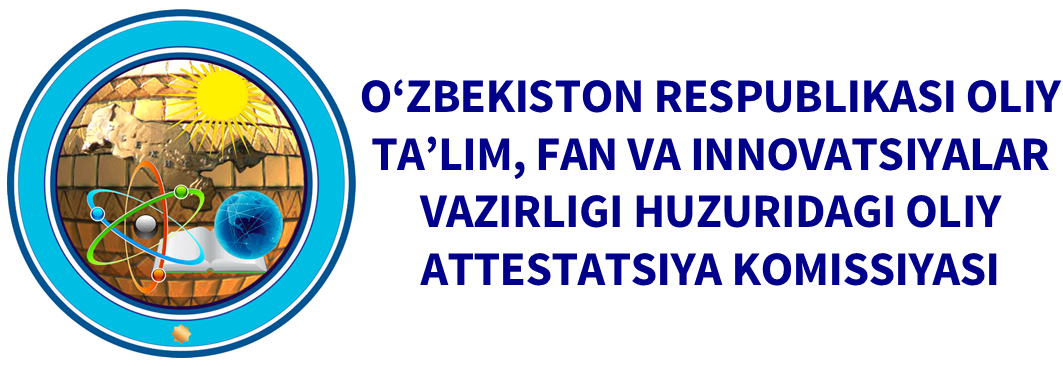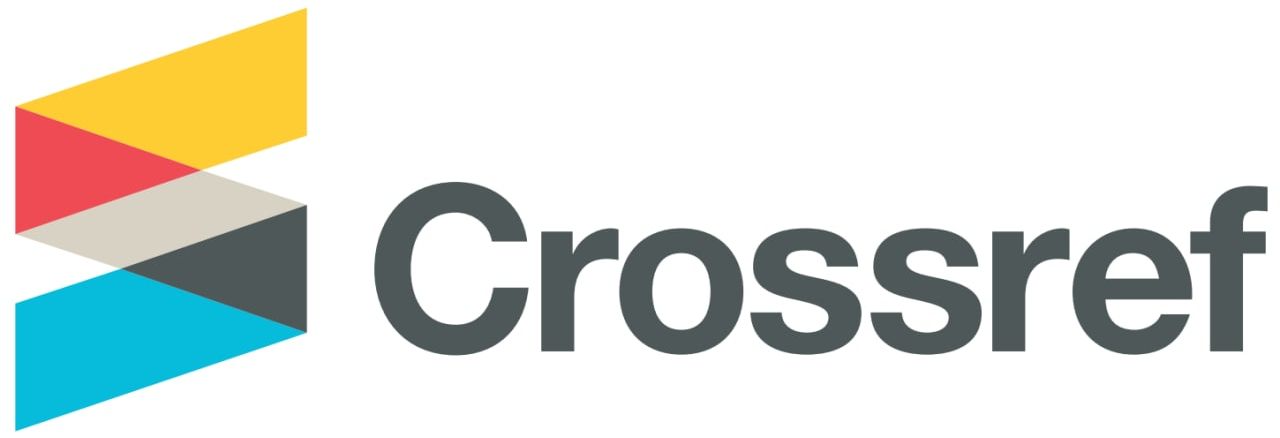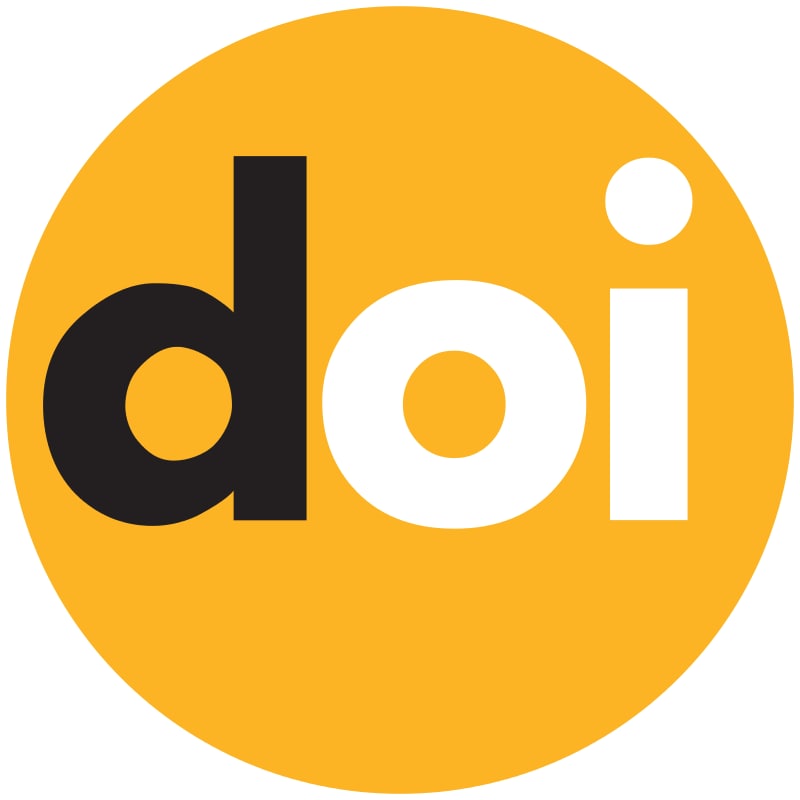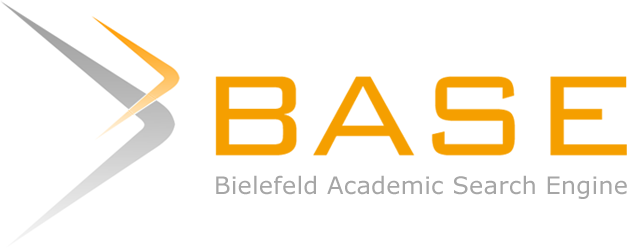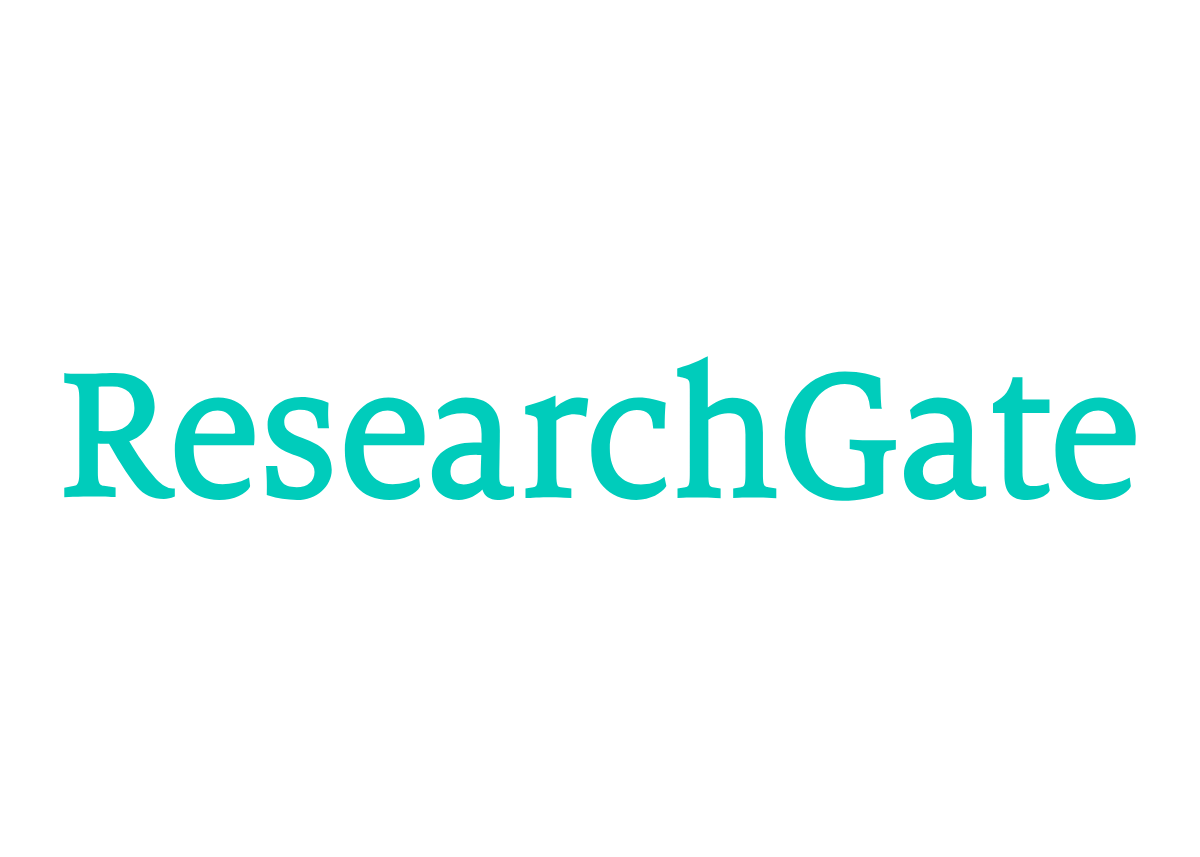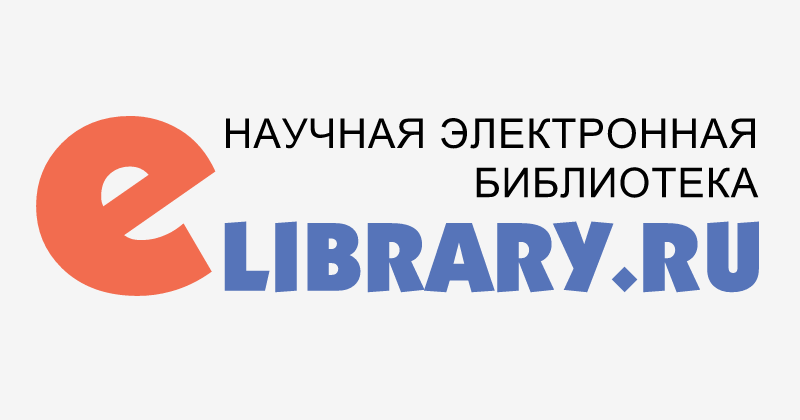A STUDY OF DIGITALISATION OF HUMAN RESOURCE MANAGEMENT FUNCTIONS IN HIGHER EDUCATION INSTITUTIONS OF UZBEKISTAN
DOI:
https://doi.org/10.60078/2992-877X-2024-vol2-iss2-pp315-326Abstract
This study is aimed at exploring the issues of digitalization and digital transformation of functions in human resource management in higher educational institutions of Uzbekistan. The study is based on a survey of employees of human resources departments of universities in Tashkent. The study's findings discuss links between the adoption of specific HR practices and the use of digital platforms, thereby strengthening the academic significance of this work.
Keywords:
higher Education HRM practices analytics digitalizationReferences
Aboramadan, M. (2022). The effect of green HRM on employee green behaviours in higher education: the mediating mechanism of green work engagement. International Journal of Organizational Analysis, 30(1), 7-23.
Al Mehrzi, N. and Singh, S.K. (2016), “Competing through employee engagement: a proposed framework”, International Journal of Productivity and Performance Management, Vol. 65 No. 6.
Bashir, S., Bhat, G. A., & Khanday, F. A. (2018). Developing a human resource analytics dashboard: A case of a Pakistani university. Journal of Business Research, 9(1), 17-27.
Berndt, A. E. (2020). Sampling methods. Journal of Human Lactation, 36(2), 224-226.
Boudreau, J. W., & Jesuthasan, R. (2011). Transformative HR: how great companies use evidence-based change for sustainable advantage. John Wiley & Sons.
Chen, S.-H., Wang, H.-H. and Yang, K.-J. (2009), “Establishment and application of performance measure indicators for universities”, The TQM Journal, Vol. 21 No. 3.
Chien, C. F., & Tsaur, S.H. (2012). Implementation of business intelligence in human resource analytics: A case study of a Taiwanese university. Journal of Global Information Management, 20(4), 17-38.
Chien, C.F., & Tsaur, S.H. (2012). Implementation of business intelligence in human resource analytics: A case study of a Taiwanese university. Journal of Global Information Management, 20(4), 17-38.
Ehrlich, C.J. (1997). Human resource management: A changing script for a changing world. Human Resource Management, 36 (1), 85-89.
Ergashev, B., & Khasanov, D. (2018). The Role of Business Intelligence in Human Resource Management: Evidence from Uzbekistan. Journal of Applied Economics and Business Research, 8(4), 178-194.
Jamrog, J. J., & Overholt, M. H. (2004). Building a strategic HR function: Continuing the evolution. Human resource planning, 27(1)
Kumar, V., Mishra, A., & Shah, A. (2017). Human resource analytics: Developing HR analytics dashboard for higher education institution. International Journal of Business Intelligence and Data Mining, 12(1), 23-42.
Ruziev, A., Isakova, Z., & Abdullaeva, Z. (2019). Developing HR Analytics Capabilities in Uzbekistan: A Case Study of Tashkent State University of Economics. Proceedings of the International Conference on Education and Business Management, 311-321.
Sabath, R. E., & Erez, M. (2017). The impact of business intelligence on HR analytics in higher education. Higher Education Quarterly, 71(3), 277-293.
Snell, S., Morris, S. and Bohlander, G.W. (2015), Managing Human Resources, Cengage Learning, Boston, MA.
Teshaboev, A., & Tursunova, A. (2019). HR Analytics in Uzbekistan: Challenges and Opportunities. Journal of Business and Management Sciences, 7(2), 37-47.
Yuldashev, K. (2018). Business Intelligence and Its Importance in Modern Enterprises. Proceedings of the International Conference on Business, Management and Accounting, 1-
Downloads
Published
How to Cite
Issue
Section
License

This work is licensed under a Creative Commons Attribution 4.0 International License.


